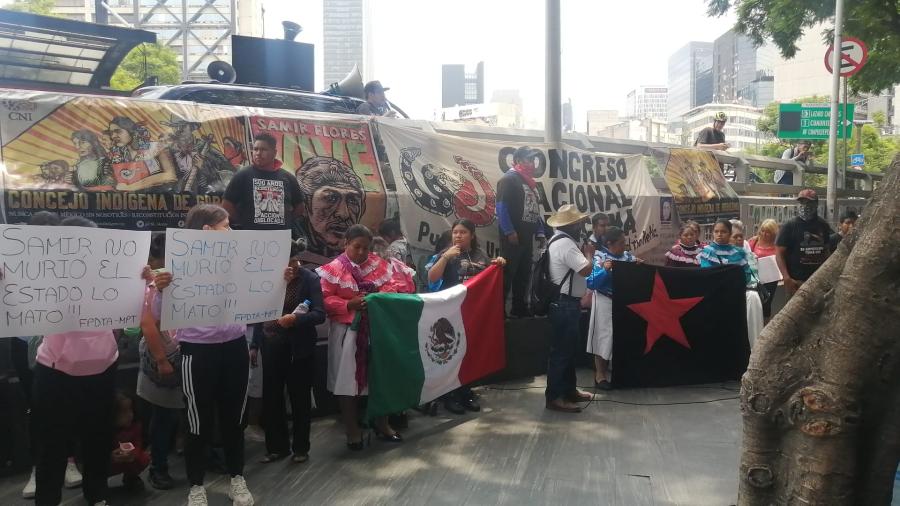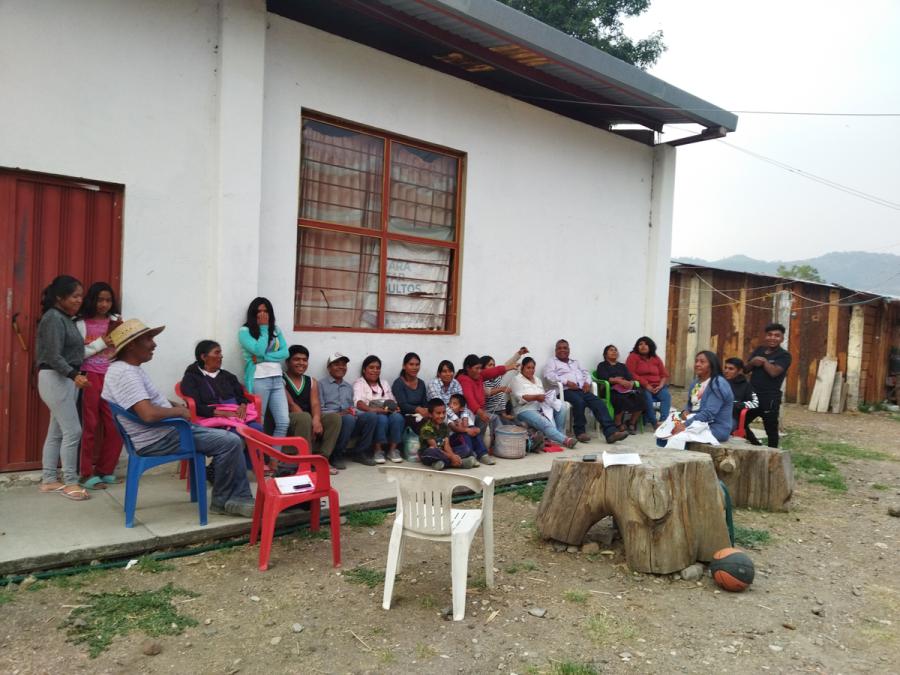Mexico's indigenous population is one of the two largest in the Americas (only Peru is comparable in size). More than one in ten Mexicans speaks an indigenous language.
The Mexican government's census asks whether citizens speak one of Mexico's 56 recognized indigenous languages. This data forms the basis for official estimates of the size and distribution of the national indigenous population. As recently as the 1990 census, the estimated size of the indigenous population by officially excluding children under five years of age. One demographic study included at least some of the children under five to produce an estimate of 6.4 million indigenous Mexicans in 1990, or 7.89% of the national population (1). The National Indigenous Institute (INI), however, attempted to take undercounting into account, producing a 1990 estimate of "no less than" 8.7 million, or 10.7% of the national population. (2).
The ten largest indigenous language groups are Náhuatl (22.7% of indigenous language speakers), Maya (13.5%), Zapoteco (7.6%), Mixteco (7.3%) Otomí (5.3%), Tzeltal (5.3%), Tztotzil (4.3%), Totonaca (3.9%), Mazateco (3.2%) and Chol (2.4%).(3). The larger languages include several very distinct variants.
Most of Mexico's indigenous population is geographically concentrated in about one third of Mexico's states (see map). More than half live in four states. The ten states with the largest share of the reported national indigenous population are Oaxaca (18.3%); Veracruz (13.5%), Chiapas (13%), Puebla (9.42%), Yucatán (8.2%), Hidalgo (5.7%), state of Mexico (5.6%), Guerrero (5.2%), San Luis Potosí (3.2%) and Michoacán (2.9%). In terms of relative presence, Mexico's most predominantly indigenous language-speaking states are: Oaxaca (with 52.7% of the state's population), Yucatán (52.5%); Quintana Roo (36.7%), Chiapas (35.2%), Hidalgo (26.4%), Campeche (25.4%), Puebla (19.9°), Veracruz (18.8%), Guerrero (17.2%), San Luis Potosí (13.8%). (4). Not only should this data be interpreted in light of a significant undercount, especially likely in the 1990 census, but informal estimates also suggest that as many as one million additional indigenous people reside in the Mexico City area.
Article copyright Cultural Survival, Inc.


